Budongo Forest Hiking: 5-Day Itinerary on a Budget
Adventure Without Breaking the Bank
For travelers seeking a balance between adventure, nature, and affordability, Budongo Forest in Uganda offers an experience that is both immersive and cost-effective. Renowned for its lush tropical canopy, diverse wildlife, and chimpanzee population, Budongo Forest provides hiking opportunities that cater to budget-conscious explorers without compromising on the richness of the journey.
This five-day itinerary has been designed to provide a structured, accessible, and deeply engaging adventure. Every day combines physical activity with wildlife observation, cultural immersion, and practical budgeting strategies. From forest trails to local community interactions, travelers are guided through an experience where natural beauty, exploration, and cost efficiency coexist. Hiking in Budongo Forest is not just a journey through greenery—it is a carefully curated opportunity to engage with Uganda’s biodiversity while maintaining financial prudence.
Why Budongo Forest is Ideal for Budget Travelers
Budongo Forest, part of the greater Murchison-Semliki landscape, is one of East Africa’s largest tropical rainforests. Its accessibility from major Ugandan towns such as Masindi makes it feasible for budget travelers who wish to minimize travel expenses. Unlike commercialized safari destinations, the forest offers affordable entry fees, locally guided hikes, and the opportunity to experience nature intimately without the need for high-cost accommodations.
Hiking trails vary in difficulty, accommodating beginners, intermediates, and experienced hikers alike. Gentle paths along streams and open clearings provide manageable routes, while denser forest sections introduce mild challenges for those seeking a more active experience. Wildlife is abundant, including chimpanzees, monkeys, duikers, and a wide variety of bird species. Observing these creatures in their natural habitat is made possible through guided hikes that are both safe and educational.
Local communities surrounding the forest provide additional cost-effective engagement. Markets, craft villages, and small-scale cultural experiences allow travelers to connect with the local way of life without incurring high expenses. This combination of natural and cultural immersion ensures that the journey is rewarding, memorable, and economically sustainable.
Day 1: Arrival and Initial Forest Exploration
The first day begins with arrival at budget-friendly accommodations near Budongo Forest. Simple lodges, guesthouses, and campsites provide the essentials for a comfortable stay while prioritizing proximity to trailheads and forest entrances. Upon arrival, travelers are briefed on the forest, safety measures, and the five-day itinerary, ensuring that expectations, route plans, and budget considerations are clear.
An afternoon hike along accessible trails allows for gentle introduction to the forest. The sights and sounds of tropical birds, rustling leaves, and playful monkeys create an immediate sense of immersion. Breaks are taken at shaded spots to observe wildlife and reflect on the surrounding landscape. The first evening may include a modest dinner prepared from locally sourced ingredients, providing sustenance while maintaining budget awareness.
This day serves as both orientation and acclimatization, allowing travelers to adjust to the forest environment, practice basic hiking techniques, and prepare for the more intensive exploration that follows. Photography enthusiasts may take advantage of natural lighting during the late afternoon, capturing the interplay of sunlight and foliage.
Day 2: Chimpanzee Trekking and Wildlife Observation
Day two is dedicated to chimpanzee trekking, one of Budongo Forest’s primary attractions. Guided treks are organized at affordable rates, ensuring that even budget travelers can experience this iconic wildlife encounter. Early morning departures maximize the chances of observing chimpanzees while providing the added benefit of cooler hiking conditions.
The trail begins with gentle slopes and gradually ascends through denser forest sections. Travelers are encouraged to move quietly and follow the guidance of experienced forest rangers, as the presence of humans can disturb wildlife. Along the way, other species such as red-tailed monkeys, black-and-white colobus monkeys, and duikers are frequently observed, offering additional opportunities for wildlife appreciation.
Breaks are taken at scenic points where small streams or forest clearings allow hikers to rest, hydrate, and document the experience through photography. Guides provide contextual information about chimpanzee behavior, forest ecology, and conservation efforts, enriching the experience and providing a deeper understanding of the environment.
By afternoon, hikers return to their accommodations for a simple, budget-conscious meal. The evening is reserved for reflection, wildlife journaling, or reviewing photographs. Day two establishes the forest’s rhythm and highlights the value of guided trekking in maximizing both safety and engagement while minimizing costs.
Day 3: Intermediate Trails and Forest Education
On the third day, attention shifts to intermediate-level trails designed to challenge fitness without overexertion. These trails traverse areas with thicker vegetation, mild inclines, and varied terrain, providing a more immersive encounter with Budongo Forest’s ecosystems. Travelers are guided through sections where unique tree species, epiphytes, and wildflowers flourish, creating both visual interest and educational opportunities.
Forest guides facilitate learning by pointing out medicinal plants, explaining ecological interactions, and demonstrating tracking techniques. Children and adults alike benefit from these explanations, deepening understanding of forest dynamics and fostering appreciation for conservation. Occasional wildlife sightings, including monkeys and small antelope, punctuate the hike, providing both excitement and the opportunity for low-cost, memorable encounters with nature.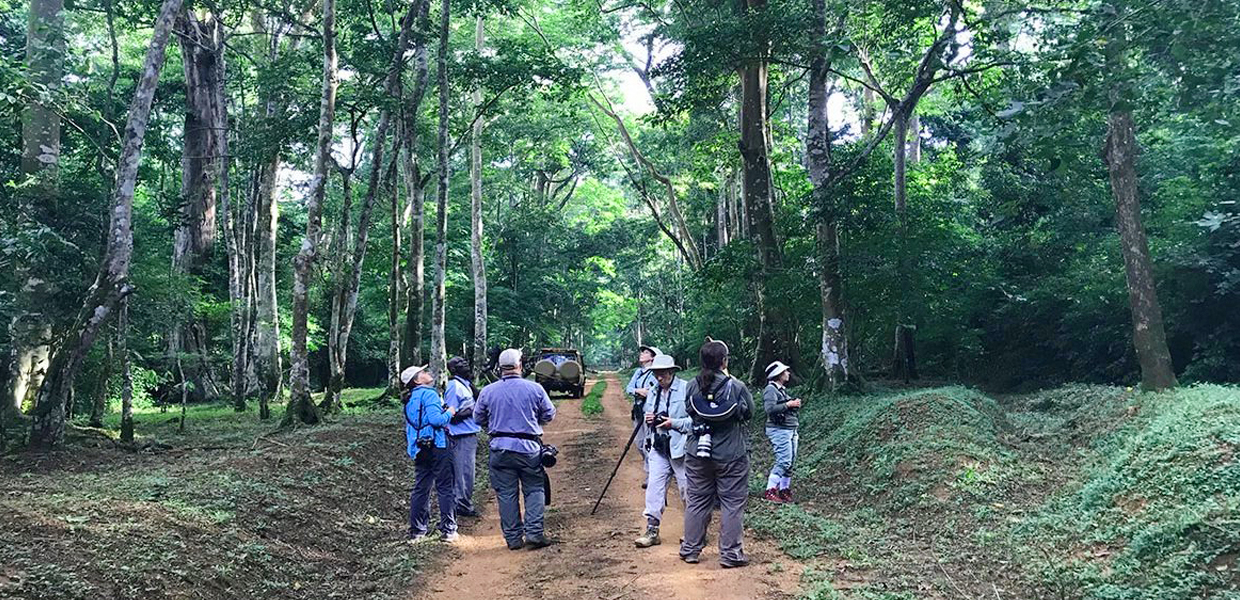
Afternoon breaks are spent near forest streams or clearings, allowing hikers to relax, refresh, and engage in light activities such as sketching or photography. Budget-conscious travelers are advised to carry packed lunches sourced locally, minimizing expenses while ensuring energy levels for continued exploration. Evening reflections and communal discussions about the day’s observations consolidate knowledge and foster shared appreciation of the forest.
Day 4: Cultural Interaction and Community Trails
Day four incorporates cultural interaction, highlighting the lives of local communities surrounding Budongo Forest. Early morning hikes are followed by visits to nearby villages, where travelers may observe traditional crafts, local agriculture, and daily routines. Participation is encouraged at a respectful and budget-friendly level, allowing travelers to engage with local culture without incurring excessive costs.
Guides explain the symbiotic relationship between communities and the forest, emphasizing sustainable practices and the importance of conservation. Children in the villages may perform songs or dances, and travelers may purchase affordable handcrafted souvenirs, ensuring that cultural engagement remains economically feasible.
In the afternoon, easy forest trails are explored, offering a balance between relaxation and physical activity. Streams, small waterfalls, and shaded clearings provide points of rest, wildlife observation, and photography. Evening activities may include storytelling by local guides or communal gatherings at the lodge, reinforcing both education and cultural immersion.
Day 5: Final Exploration and Departure
The final day begins with gentle forest trails that revisit favorite spots and allow for final wildlife observations. Travelers may encounter chimpanzees one last time, observe monkeys or birds, and capture photographs that document their week-long journey. Guides emphasize reflective engagement, encouraging hikers to consider lessons learned, wildlife encounters, and personal growth achieved during the hike.
A farewell gathering at the lodge or camp consolidates experiences, highlights notable wildlife sightings, and provides practical advice for departure. Budget travelers are advised to plan for transportation and meals in advance to avoid unnecessary expenses while ensuring a smooth exit from the forest. Reflection on the week’s adventure reinforces both the value of low-cost exploration and the richness of experiences accessible within a modest budget.
Budget Tips for Hiking in Budongo Forest
Affordable exploration of Budongo Forest requires thoughtful planning. Transportation from major Ugandan towns is best arranged via shared vehicles or local buses. Lodging choices should prioritize proximity to trailheads, family-friendly amenities, and locally run guesthouses that offer competitive rates. Meals sourced from local markets or lodge kitchens reduce costs while providing authentic culinary experiences.
Guided treks, particularly for chimpanzee observation, should be booked directly with park authorities or certified local guides to avoid additional fees from intermediaries. Group hikes can further reduce costs, as shared guides and transport spread expenses across multiple participants. Planning visits during off-peak seasons may also reduce both accommodation and trekking fees, making the forest more accessible to travelers on a strict budget.
Why Budongo Forest Should Be on Every Budget Traveler’s List
Budongo Forest exemplifies how affordable adventure and natural immersion can coexist. Trails of varying difficulty, abundant wildlife, and accessible cultural experiences create a multi-faceted itinerary suitable for all ages and interests. Budget travelers gain access to high-value experiences without compromising on authenticity, comfort, or safety.
The forest’s rich biodiversity, combined with knowledgeable guides and cost-conscious planning, ensures that every hike is both educational and exhilarating. Experiences such as chimpanzee trekking, intermediate-level trails, and community interaction demonstrate that adventure can be both affordable and deeply rewarding.
Affordable Adventure and Lasting Memories
Hiking in Budongo Forest provides a balanced combination of adventure, wildlife observation, and cultural immersion suitable for budget-conscious travelers. This five-day itinerary demonstrates how a week-long journey can be structured to maximize engagement, learning, and personal reflection without exceeding financial limits.
For travelers who wish to explore Uganda’s rainforest, observe iconic wildlife, and engage with local communities while maintaining budget discipline, it is highly recommended to book Africa tours and safaris through WildHorn Africa. With expert guidance, cost-effective itineraries, and a commitment to authentic experiences, WildHorn Africa ensures that every hike, discovery, and moment in Budongo Forest is both memorable and affordable.

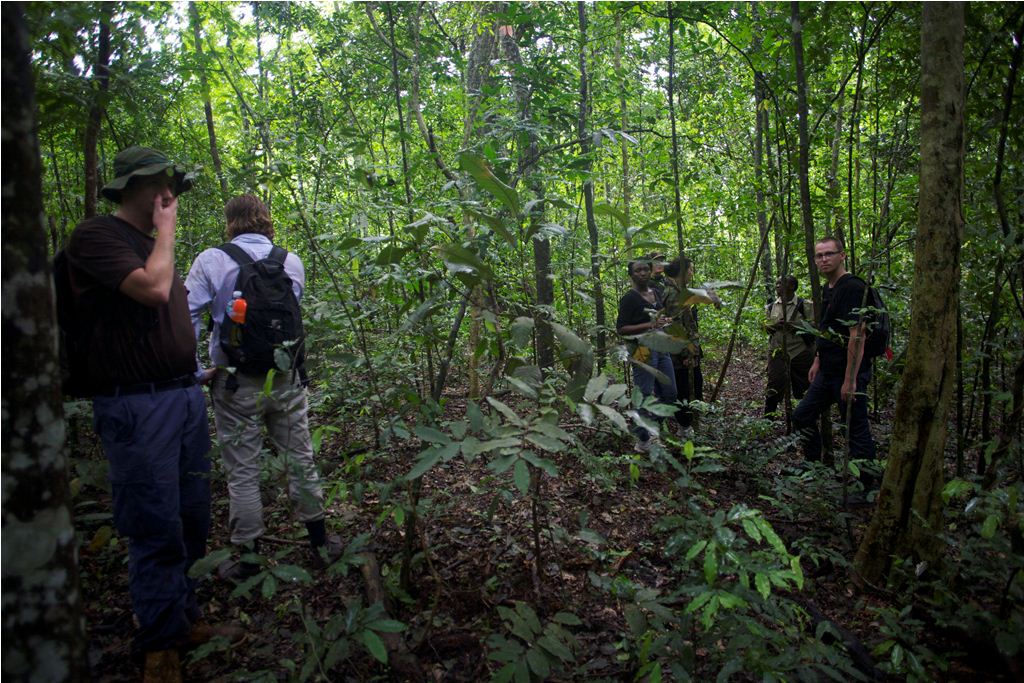
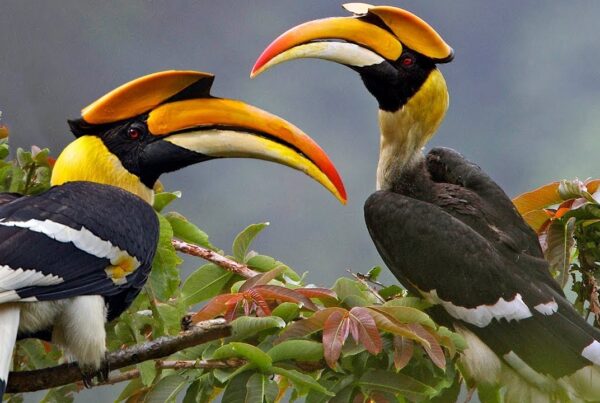
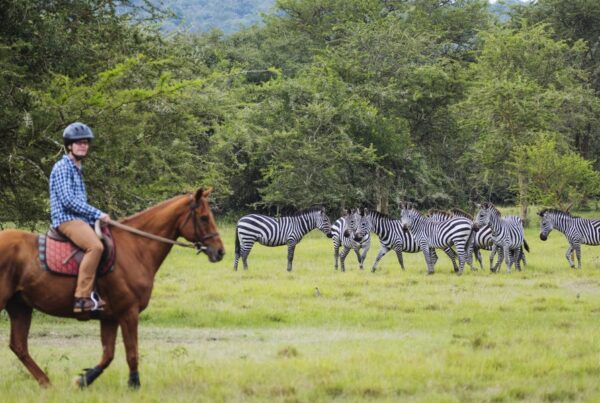
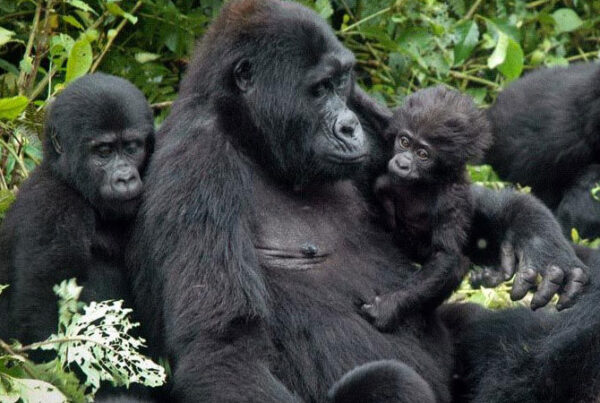
 WildHorn Africa – Authentic and unforgettable tours across Africa, guided by local experts who know the land, wildlife, and culture best.
WildHorn Africa – Authentic and unforgettable tours across Africa, guided by local experts who know the land, wildlife, and culture best.


